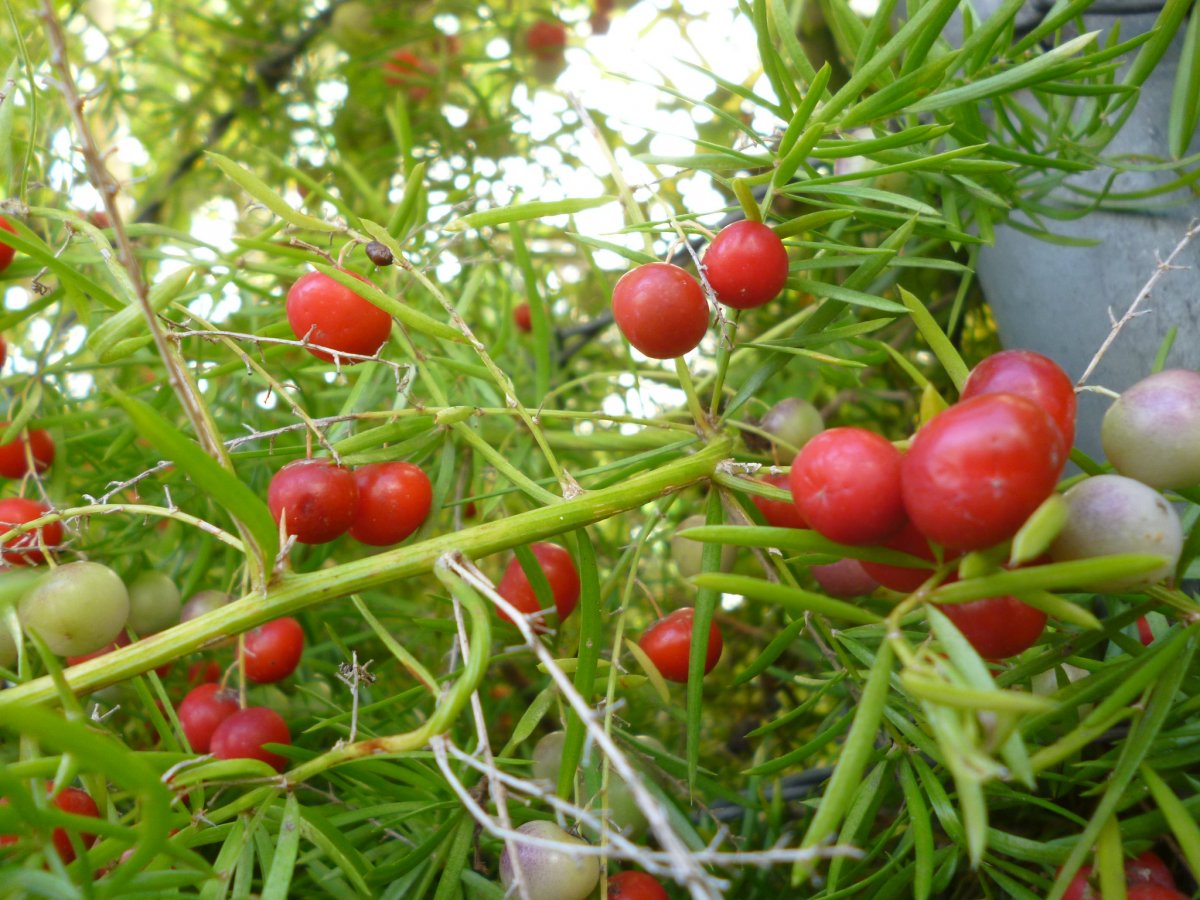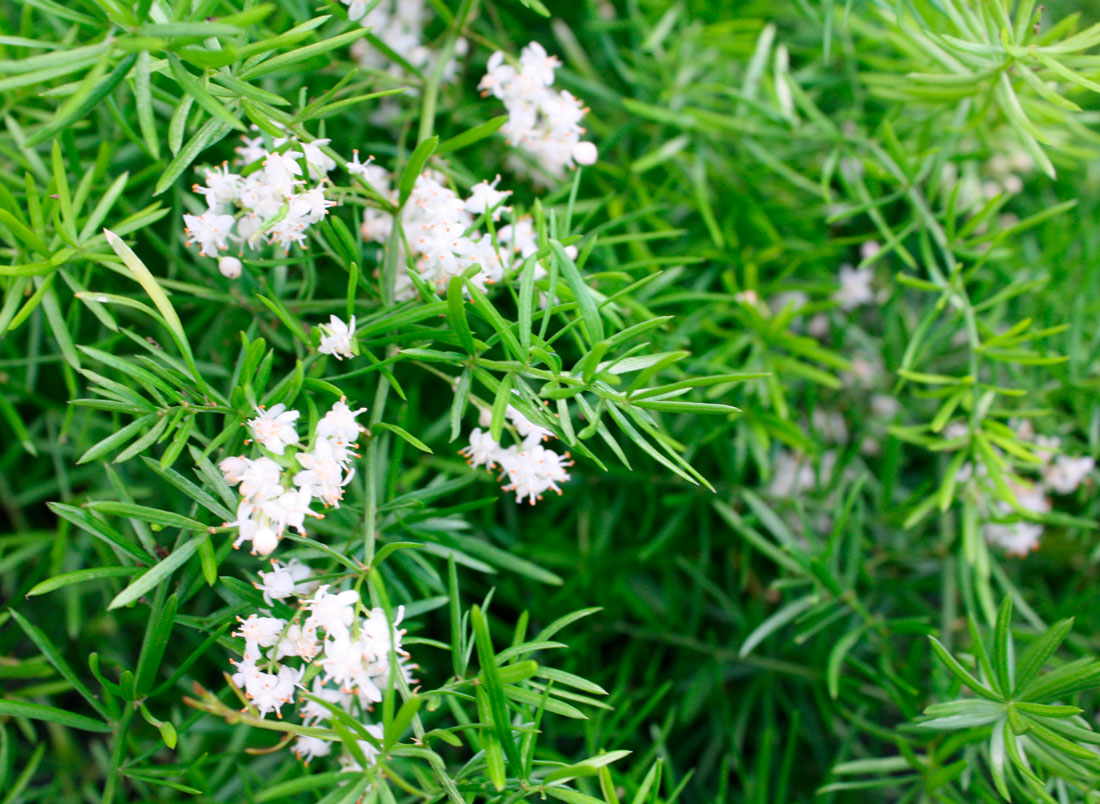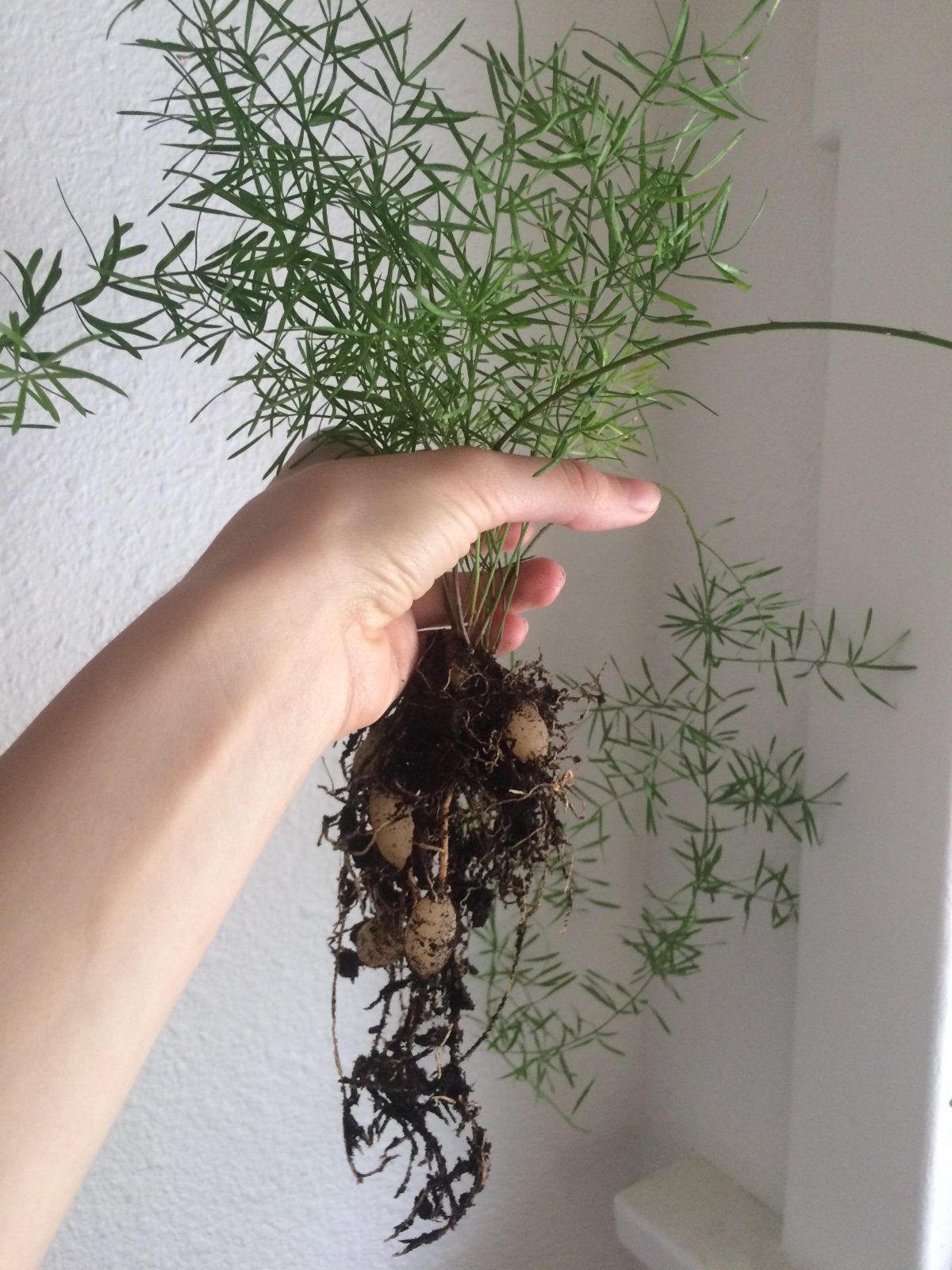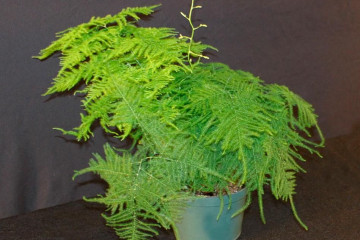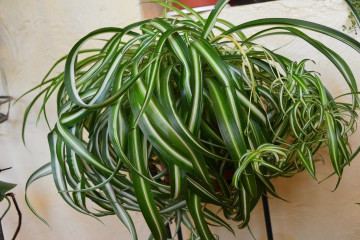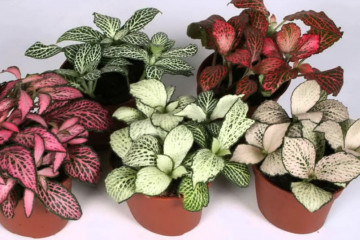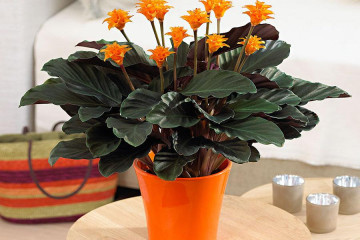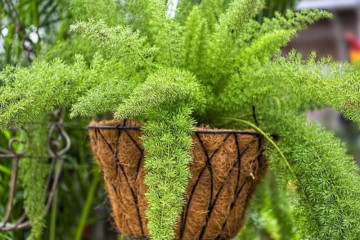Asparagus Sprenger - home care
Content:
- What does Sprenger's asparagus look like, which family does it belong to?
- Briefly about the history of appearance
- Features of caring for a plant at home
- Features of care in winter, dormant period
- When and how it blooms
- How Sprenger's asparagus reproduces
- Transfer
- Possible growing problems and diseases
- Pests
Asparagus Sprenger is an ornamental plant that is in great demand among flower growers. Unusual appearance and easy maintenance are the main criteria in favor of a flower.
What does Sprenger's asparagus look like, which family does it belong to?
According to the generally accepted classification, asparagus belongs to the Asparagus plant family. It is an evergreen perennial and is represented by a large number of species - there are about 300 of them in total. Among the most popular varieties that are well suited for indoor keeping, Sprenger's asparagus is called. Other names for this flower are asparagus densiflora, or densely flowered.
The plant consists of several long flexible stems that form a bush. In length, the stems can reach 1.5 m. They are thin, so they tend to the ground. Due to this feature, densiflora is often used as an ampelous cascade plant.
Asparagus sprengeri has branches covered with small cladodia, the size of which does not exceed 2.5 cm. Claudia are small narrow leaves resembling pine needles in appearance, which gives the plant an openwork airy look.
During flowering, the branches are covered with abundant small flowers, in place of which red berries are then formed. One seed ripens in each.
Common varieties
In addition to the dense-flowered asparagus, there are several more representatives of this species:
- Pinnate. It is characterized by stems up to 1 m long. The branches are covered with small needle-shaped leaves, which makes them look like spruce leaves.
- Mayer. A large shrub that can grow several meters wide. The branches are covered with a lot of cladonias, so they seem fluffy. For its appearance, the plant is often called the fox's tail.
- Crescent. A small dwarf shrub with branches that, with good care, can reach 4 m in length. The sickle-shaped asparagus has large, oblong leaves that resemble a sickle.
Healing properties
Several types of asparagus are used in traditional medicine. They affect the body in several ways:
- relieve pain;
- purify the blood;
- have a mild diuretic effect;
- dilate blood vessels;
- calm down.
Briefly about the history of appearance
Africa is called the homeland of this plant, but many species have gradually spread throughout the world (including the Densiflora variety).
Features of caring for a plant at home
Asparagus takes root well at home. If you follow simple recommendations, the shrub gives a large amount of greenery and often blooms.
Temperature
The plant is thermophilic, but intense heat is undesirable for it. The flower grows best at a temperature of + 18 ... + 24 ℃.The semi-shrub is not recommended to be placed close to heating devices and in drafts. Both that, and another will negatively affect the appearance of densiflora.
Lighting
For active growth and flowering of this plant, light is extremely important, but direct sunlight causes burns. Asparagus is best placed on the windowsill if the room faces east or northeast. If the side is south, then the flowerpot is removed away from the window.
Watering
Dense-flowered asparagus is picky about watering. In summer, it should be regularly watered with water at room temperature. If it is hot and the air humidity is low, then watering can be repeated every day. The soil in the flowerpot should always be moist.
Spraying
In a hot season, to maintain a good microclimate, the plant should be sprayed twice a day. Care must be taken that the water is not cold.
Humidity
There are no special requirements for this indicator. It is enough to maintain normal humidity in the room. If a flower stands next to a heating radiator or other heating device, a container with wet stones is placed next to it.
Priming
Loose soil with neutral acidity is best suited for Sprenger's asparagus at home. When using store-bought soil, choose one that is intended for ornamental deciduous plants.
When self-preparing the land, several components are mixed in equal amounts: peat, leaf and sod land. A little river sand is added to this composition.
Top dressing
Fertilize the soil during the flower growth period 2 times a month. As a top dressing, universal mineral compositions developed for indoor plants are used.
Features of care in winter, dormant period
In autumn and winter, flower care requires correction. You need to water the plant no more than 1 time a week, it is better to completely refuse feeding.
When and how it blooms
In the apartment, Sprenger's asparagus blooms often and abundantly, it is enough to provide him with good care.
Types of flowers
The flowers that appear on the branches can be both male and female. The flowers are small, milky-peach colored.
Flower shapes
Small flowers are not singly located on the branches - they gather in axillary paniculate inflorescences.
Flowering period
The flowering period lasts a long time. The first inflorescences appear in late spring or early summer. Flowering usually ends in autumn.
Pruning
Asparagus pruning is done for several purposes:
- eliminate damaged diseased branches;
- make the bush thicker.
The peculiarity of this flower is that the cut branches will no longer grow in length. In this case, the growth of dormant buds at the base of the bush is activated.
How Sprenger's asparagus reproduces
There are three ways to plant Sprenger's asparagus:
- Separation of a part of the rhizome with active buds.
- Seeds.
- Cuttings.
Germinating seeds
Purchased grains or berries plucked from an already mature bush are suitable for seed propagation. Before planting, the seed is strengthened by soaking in a weak solution of potassium permanganate. Landing is carried out in this way:
- Seeds are planted in the prepared moist soil (the distance between them is about 3 cm).
- Cover the box with plastic wrap. This will help maintain the same temperature at all times.
- The greenhouse is periodically ventilated and sprayed with water.
Seedlings will appear after 18-25 days.
Rhizome division
Division is performed as follows:
- A part of the rhizome is separated from the mother bush, on which there must be several buds and shoots.
- Each individual piece of rhizome is planted in prepared and pre-moistened soil.
Cuttings
To plant a flower in this way, follow several steps:
- In early spring, shoots are cut from the bush. The length of the cuttings should be 15-20 cm.
- Layers are dropped into wet sand. To preserve heat and moisture, the container is covered with a film and periodically ventilated.
- After the roots appear, the cuttings are planted in flowerpots.
Transfer
When transplanting, several actions are performed:
- Remove the plant from the pot along with a clod of earth.
- Examine the root system. If damage or rot is found, part of the rhizome will need to be removed.
- The bush is placed in a new, larger pot filled with soil.
- The earth is lightly tamped and moistened.
Possible growing problems and diseases
Asparagus Spregneri can lose its attractive appearance for several reasons:
- improper care;
- diseases of ornamental plants;
- damage by pests.
Drops buds and leaves
If the cladodes and flowers dry up and begin to crumble, you should pay attention to the peculiarities of growing Sprenger's asparagus and care at home. The plant often loses leaves due to lack of light, severe drought or drafts.
Leaves turn pale
Shoot discoloration usually occurs due to over-watering or lack of nutrients in the soil.
The lower leaves fall
If the lower leaves begin to fall off, fungal diseases may be the cause. In this case, you should treat the bush with an antifungal compound, for example, Discorm or Gamair.
Pests
Sprenger's dense-flowered asparagus is often affected by the following insects:
- shield;
- mushroom mosquito;
- aphid;
- spider mite;
- worms;
- trip.
Asparagus densiflora is an ornamental plant with an unusual appearance. It can be grown both indoors and outdoors. In the latter case, it is taken to the warmth for the winter. This African flower is easy to care for and reproduces well. For this reason, it is recommended for beginner florists.

